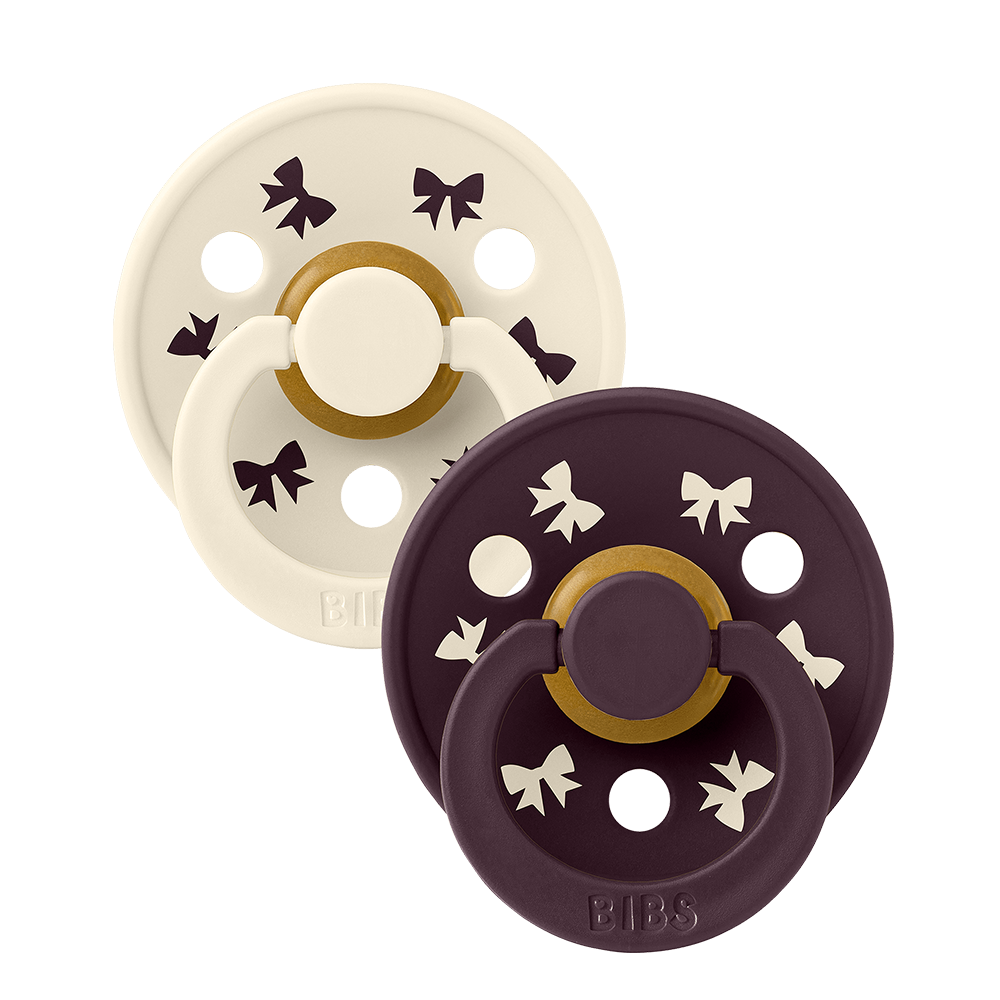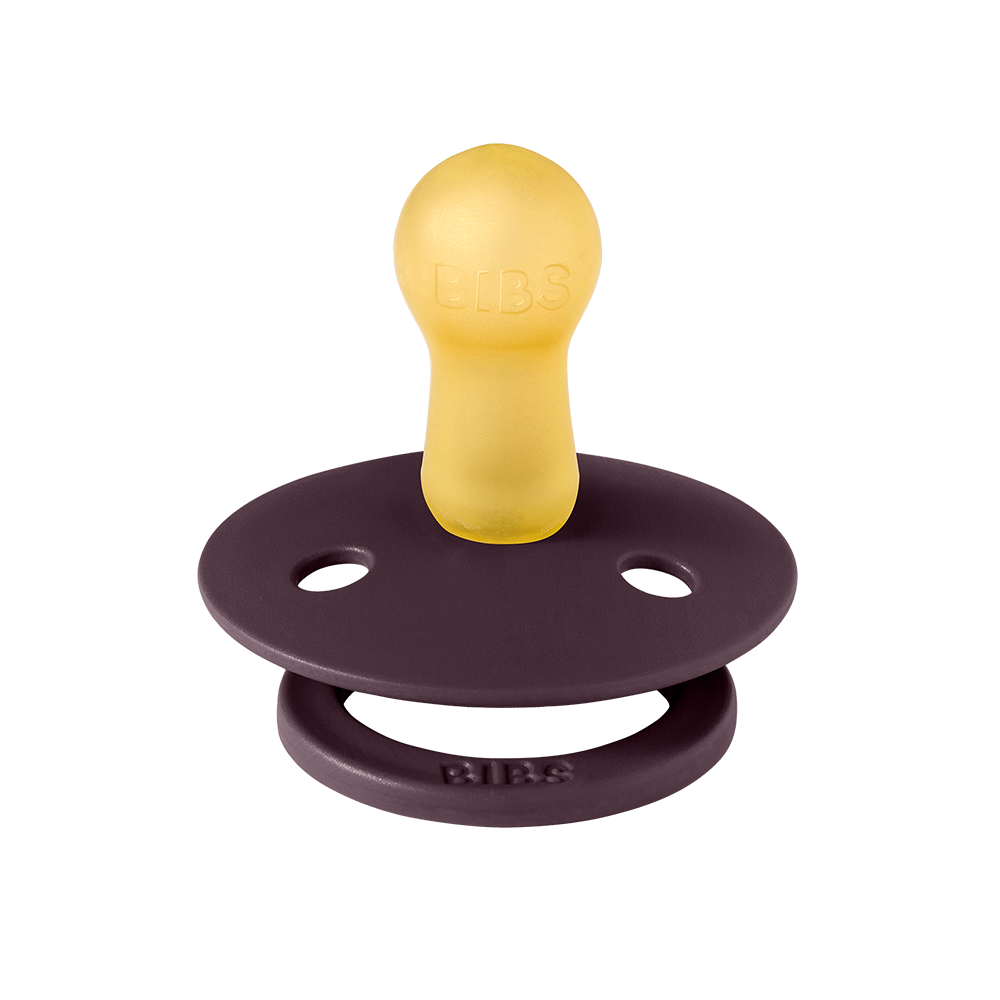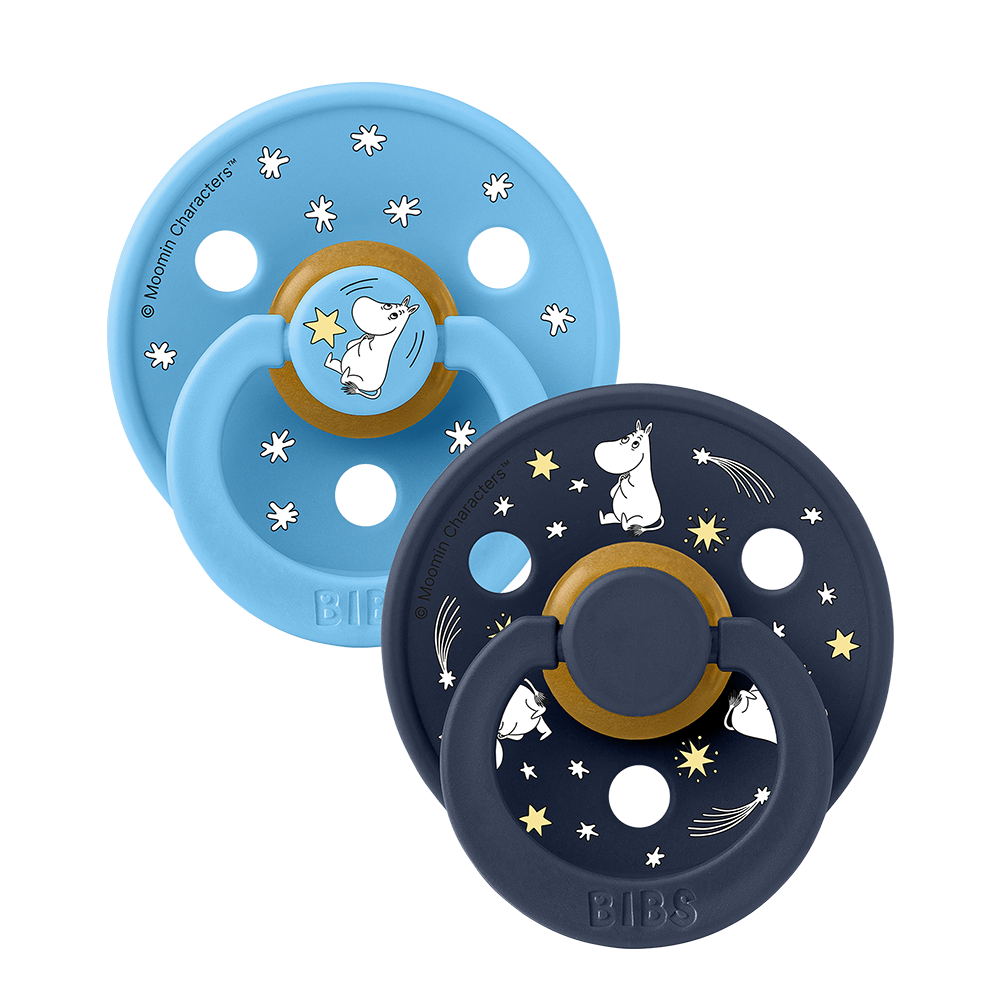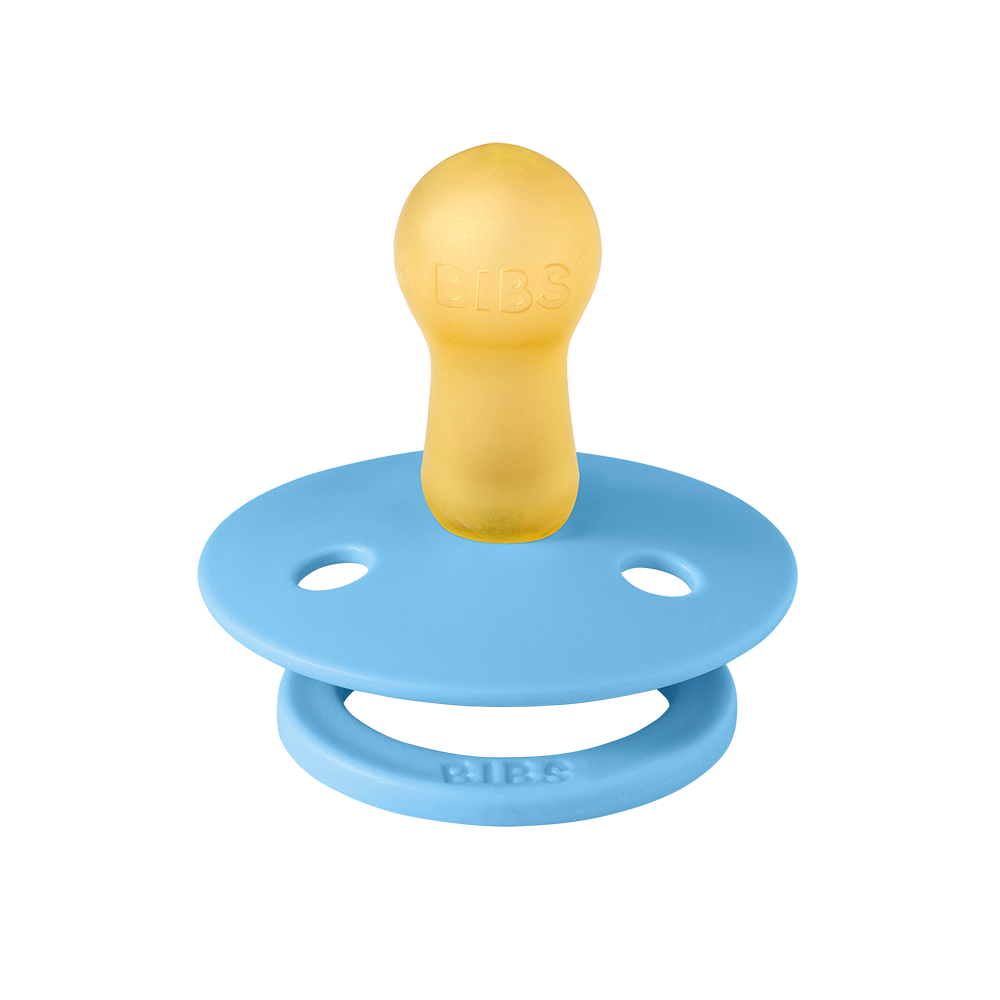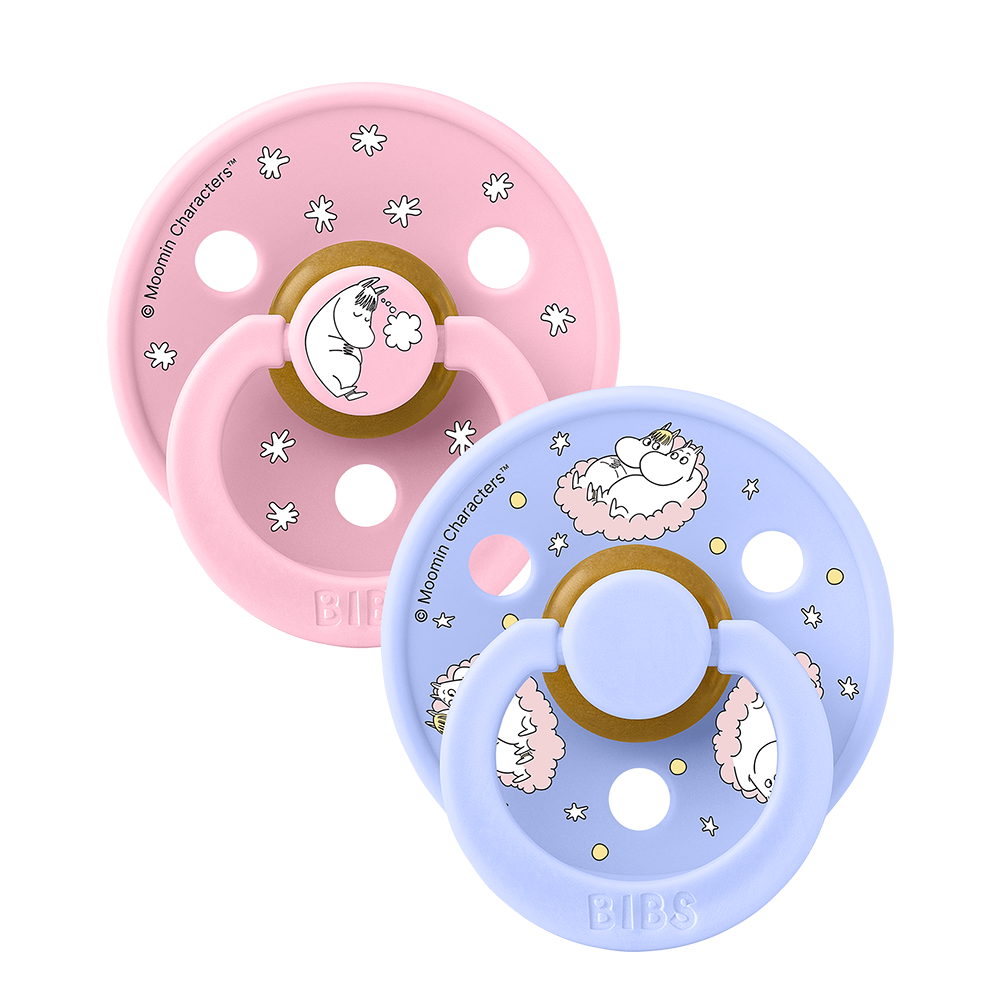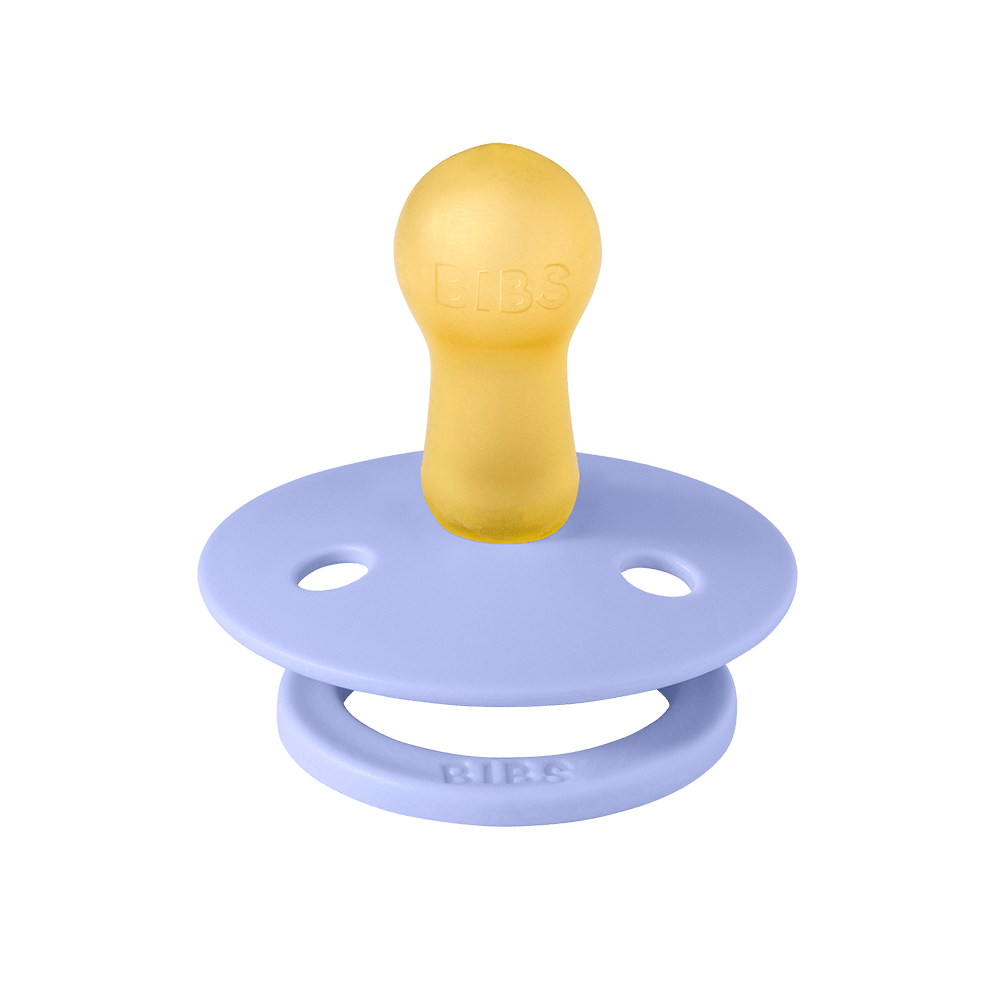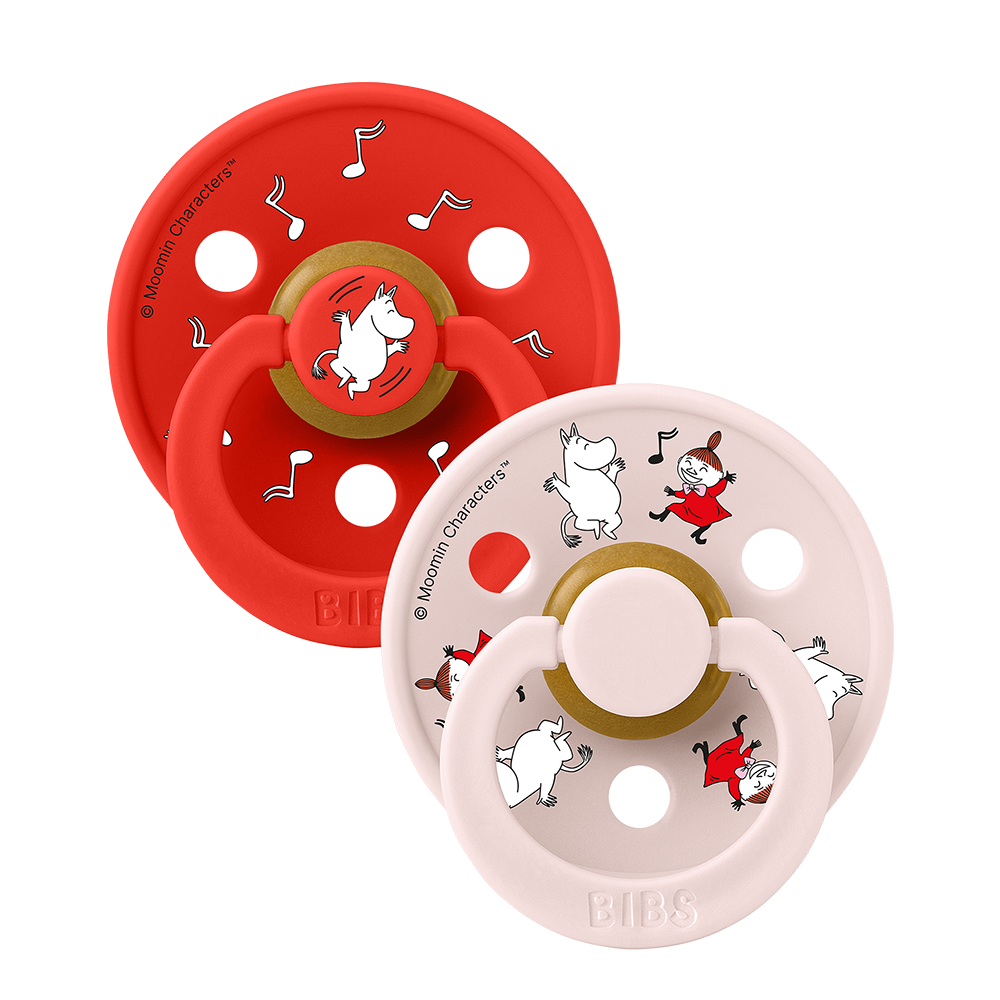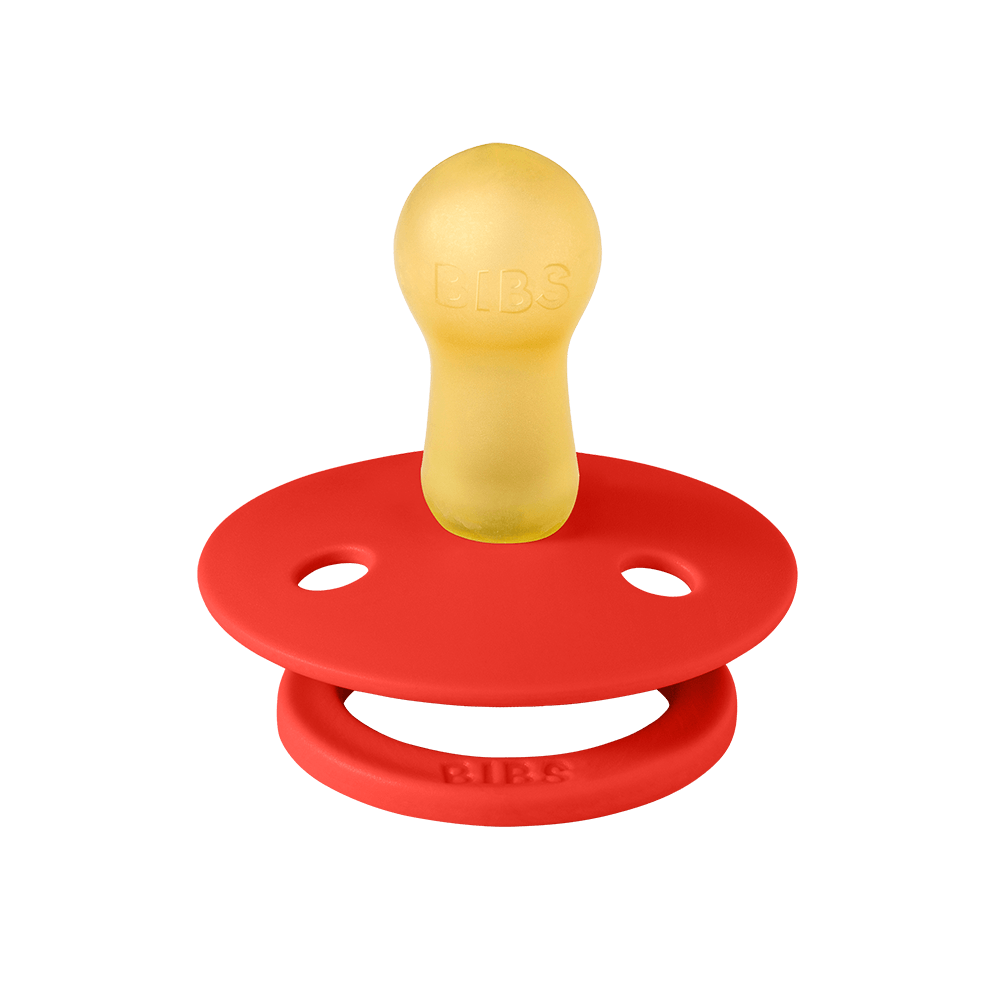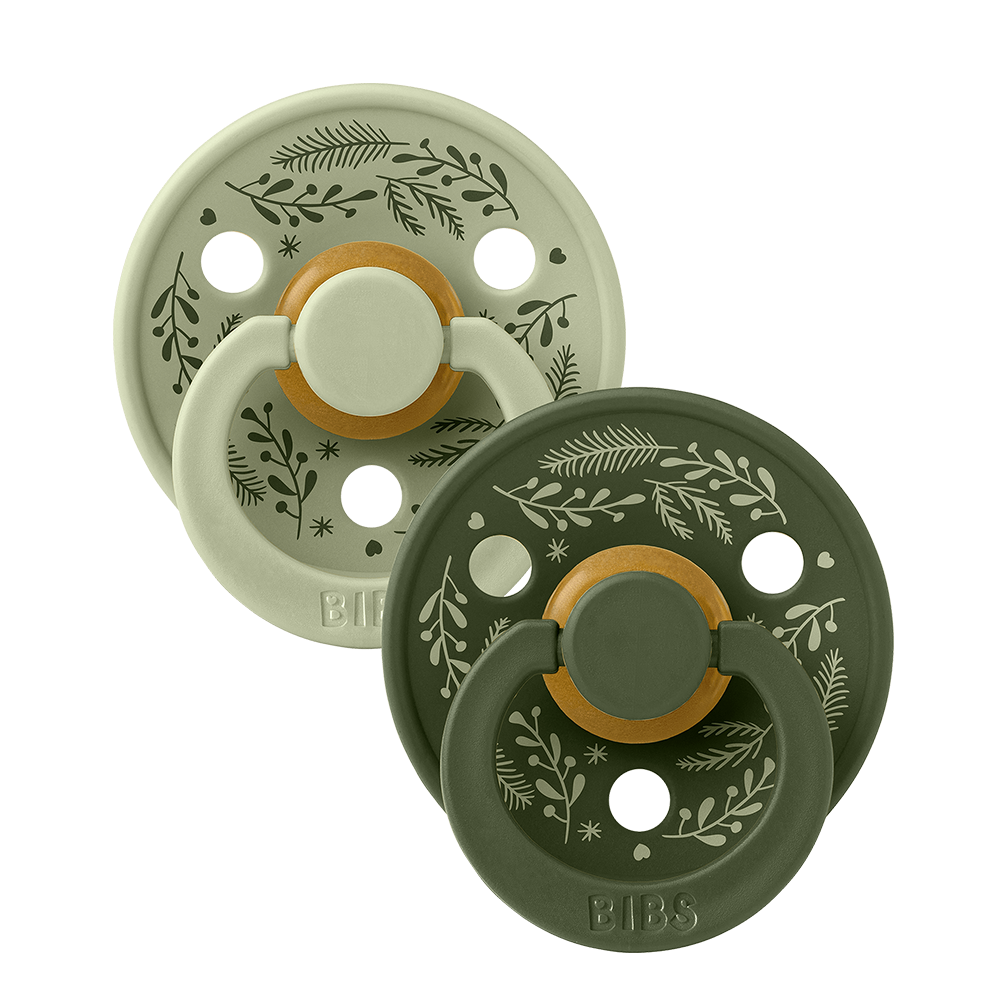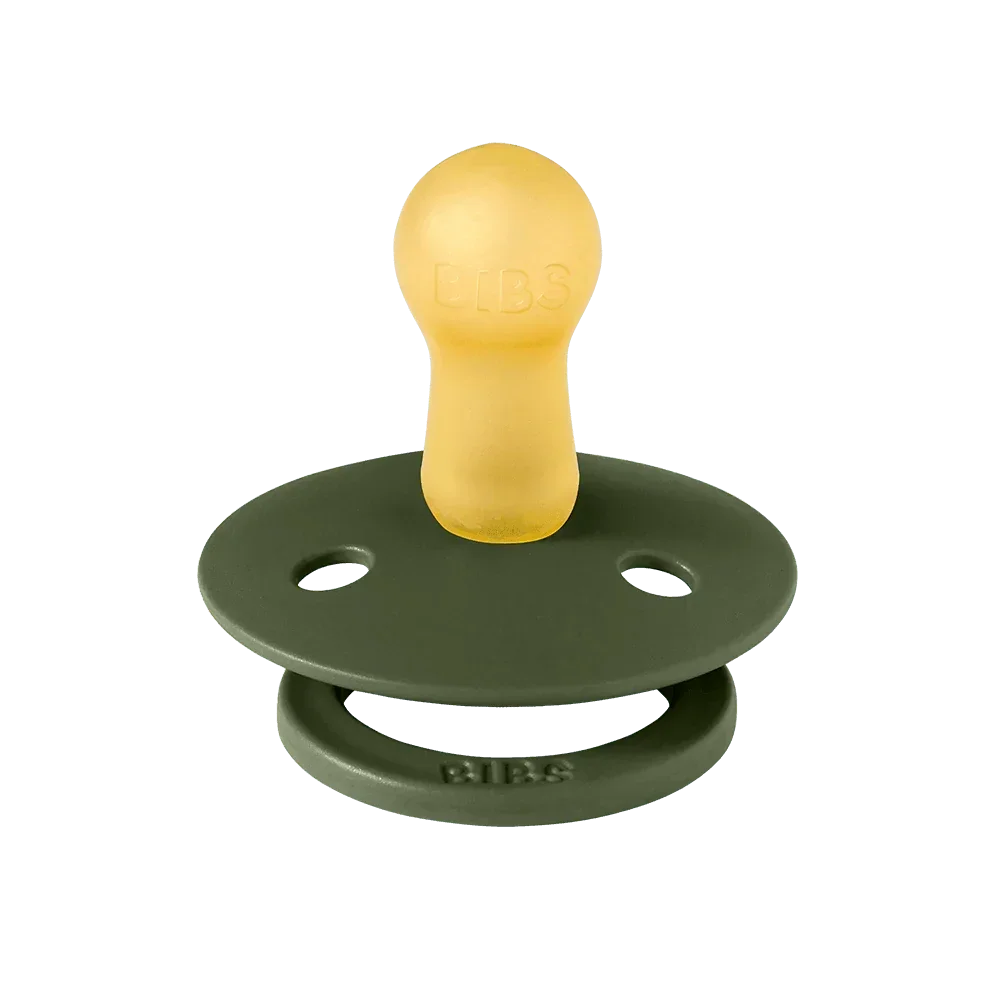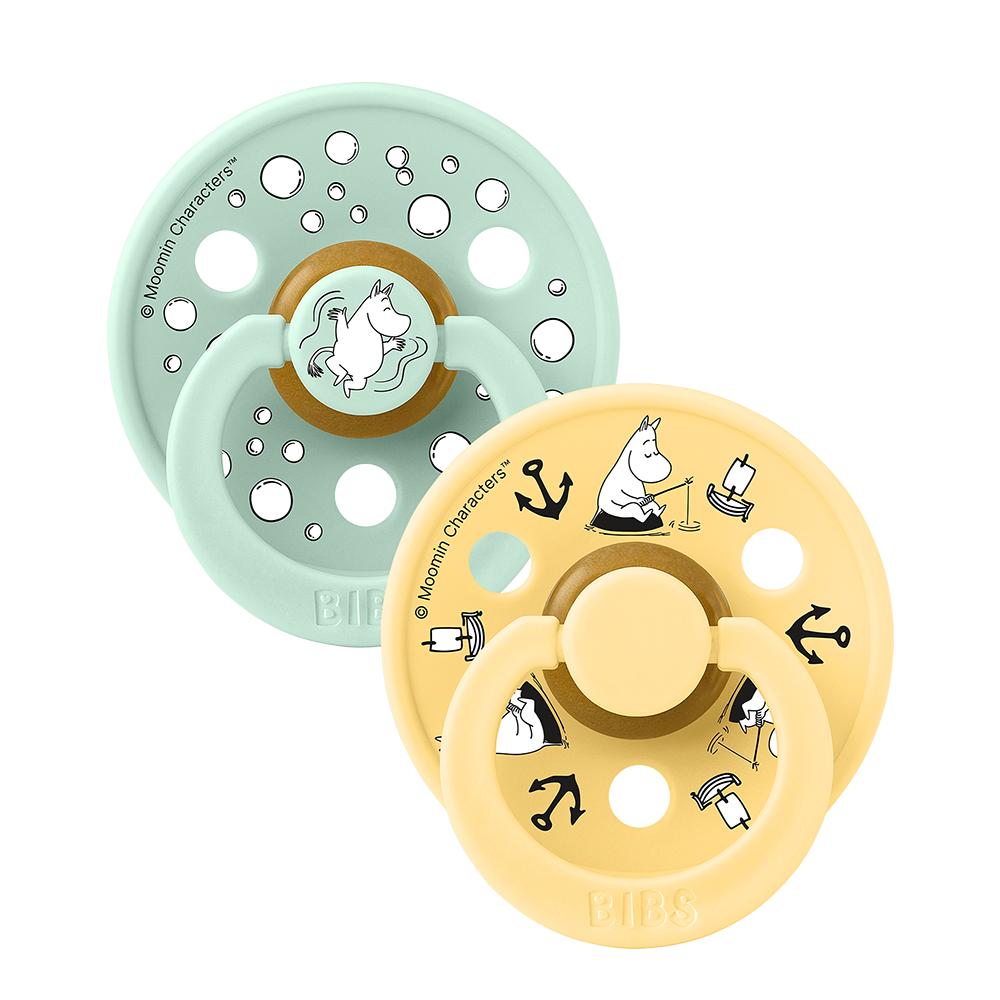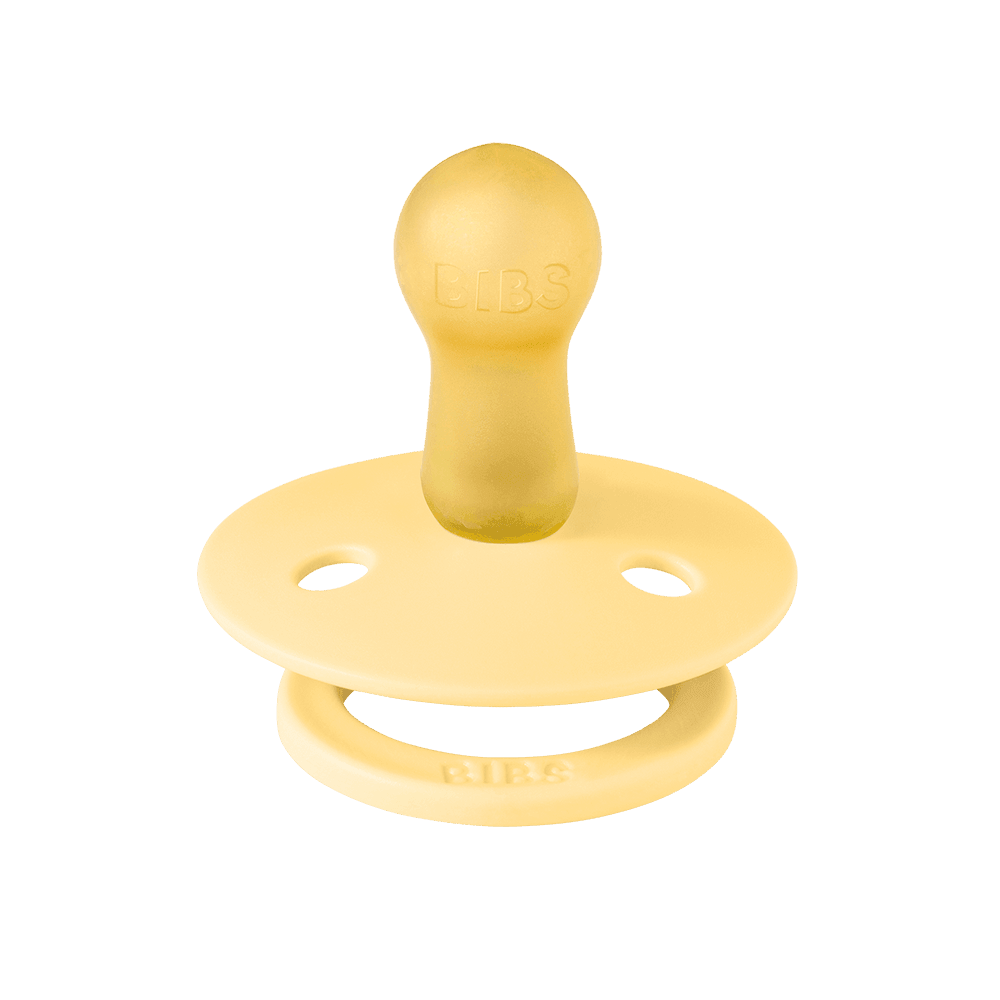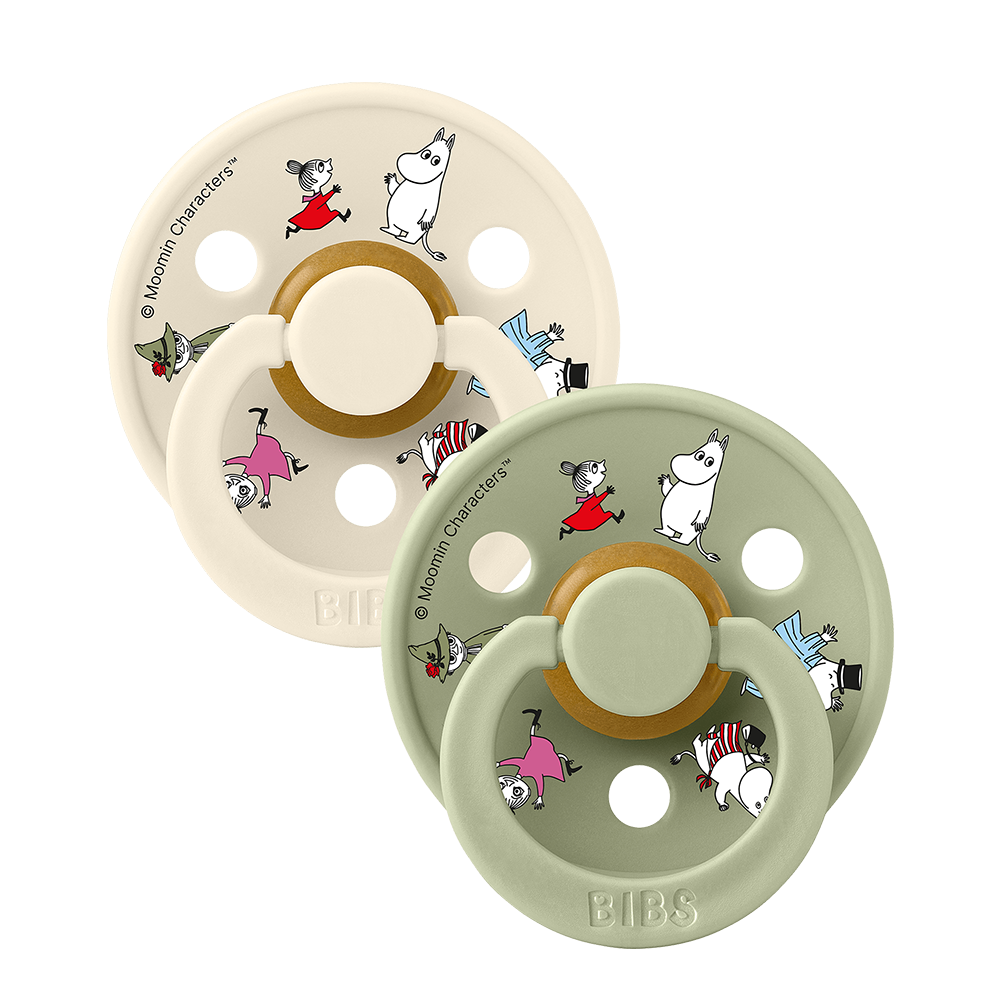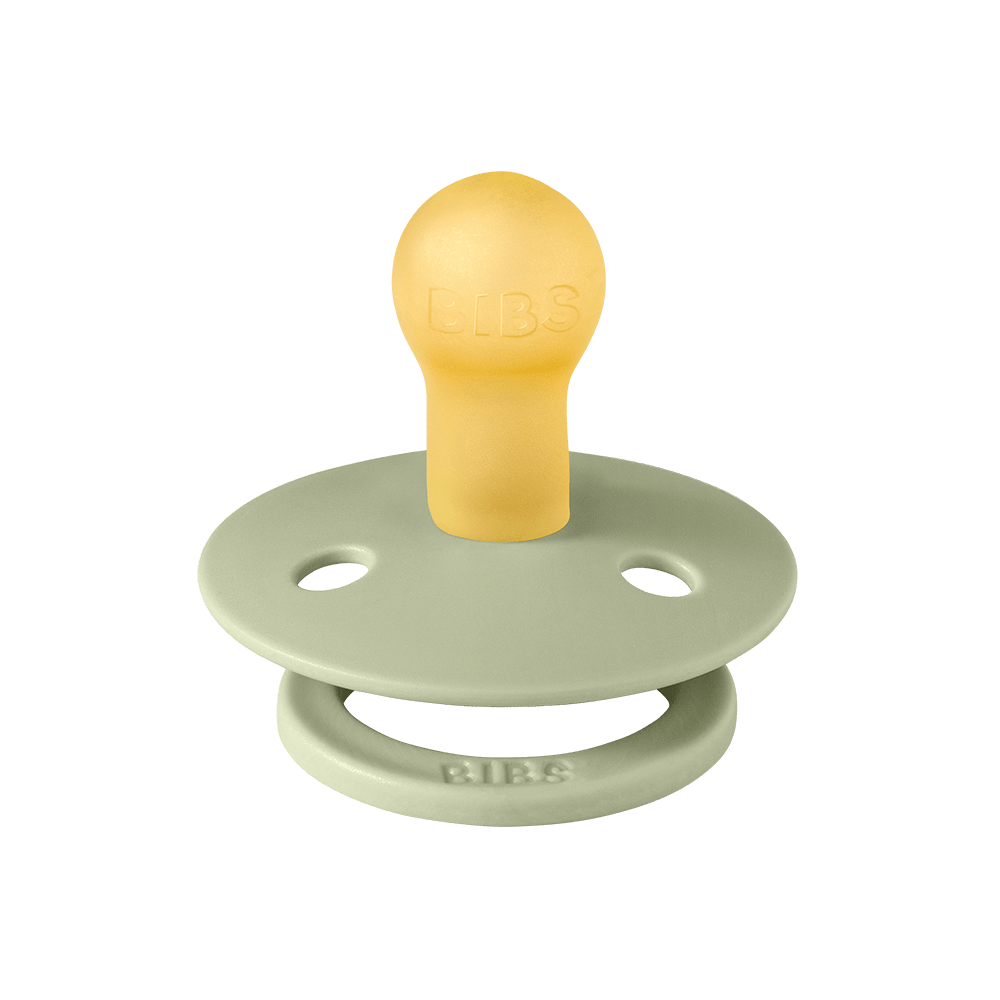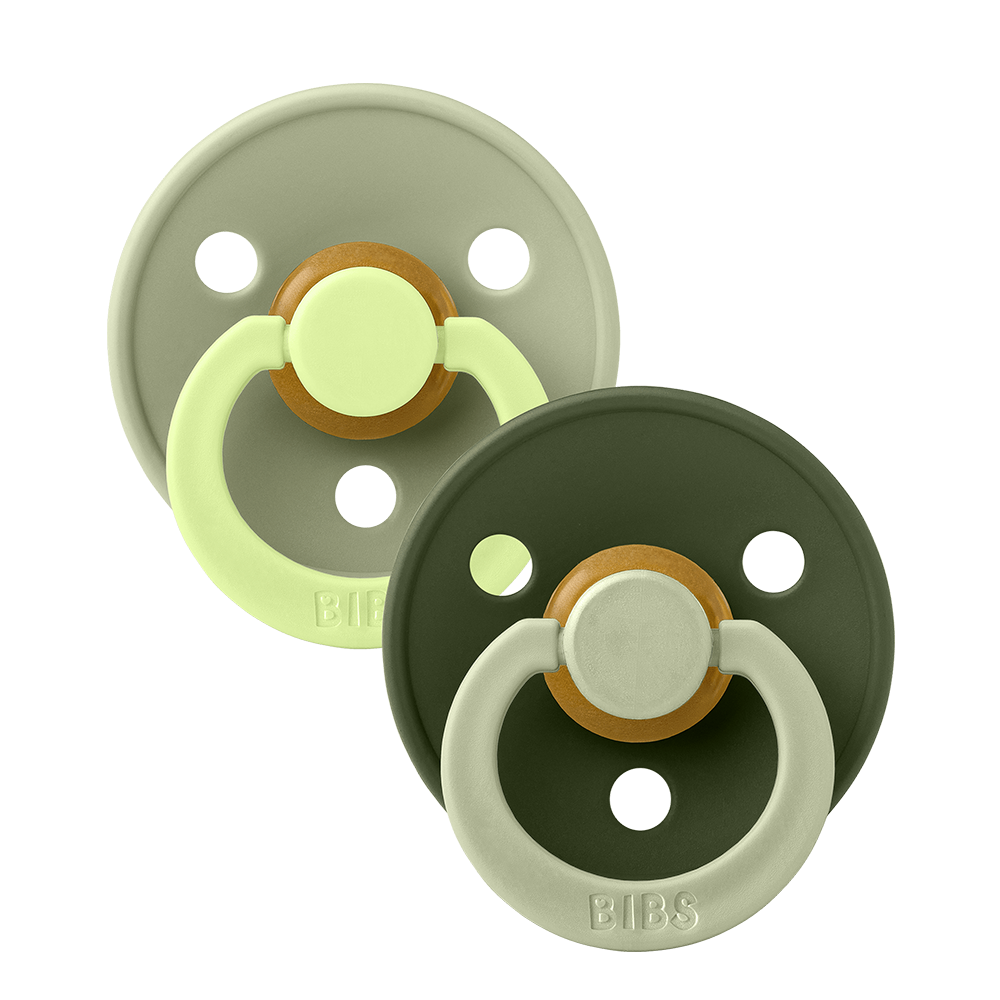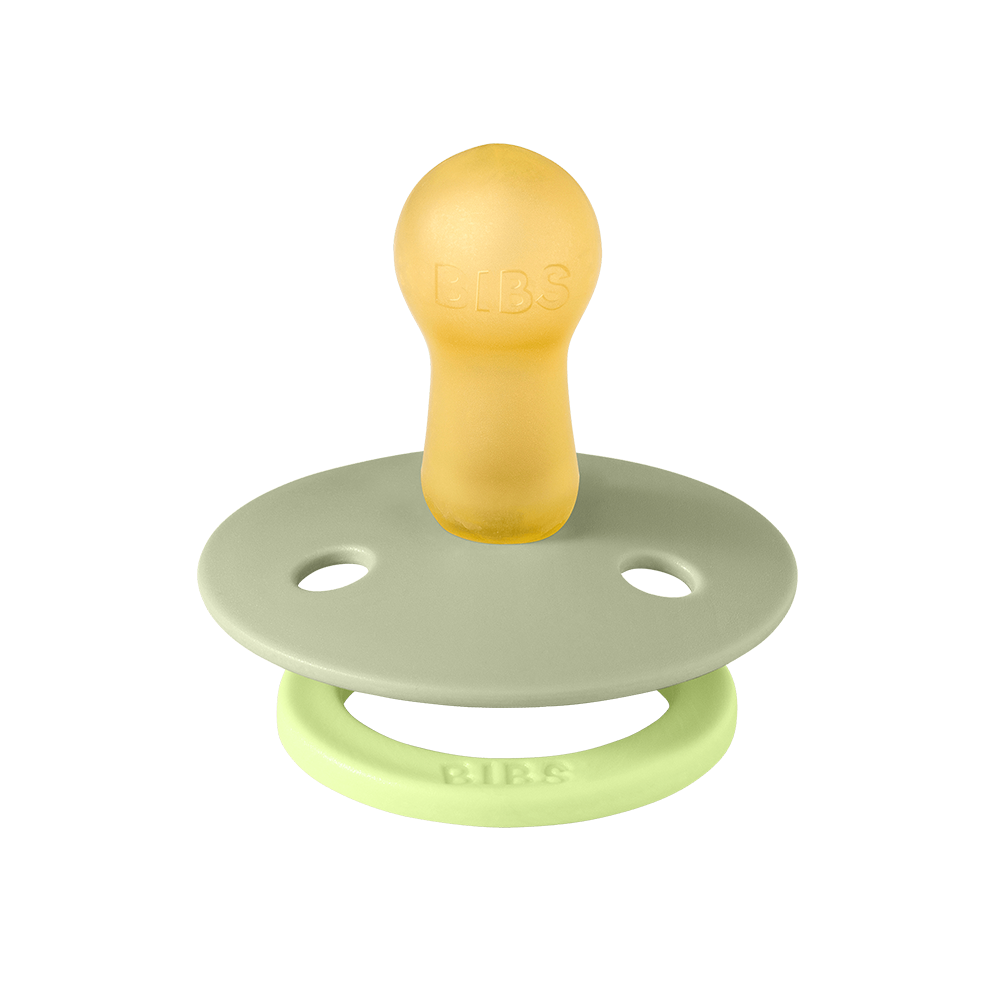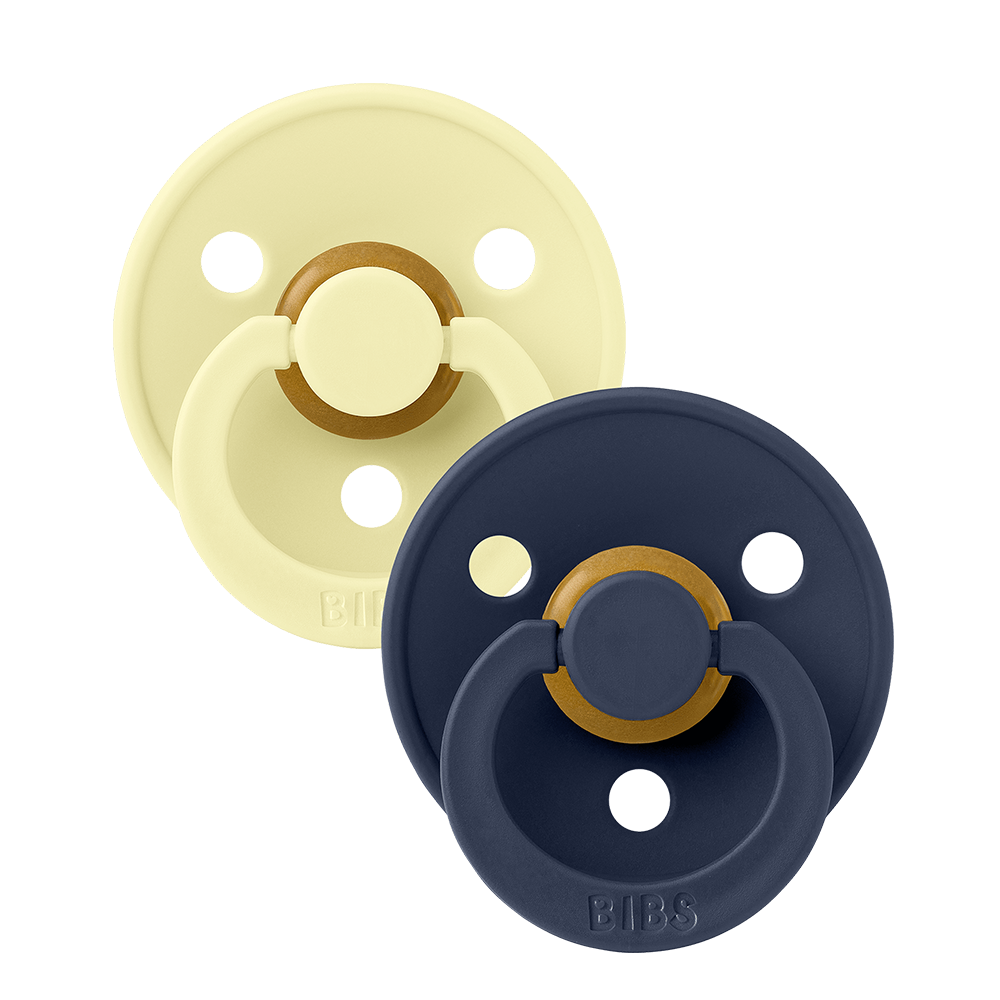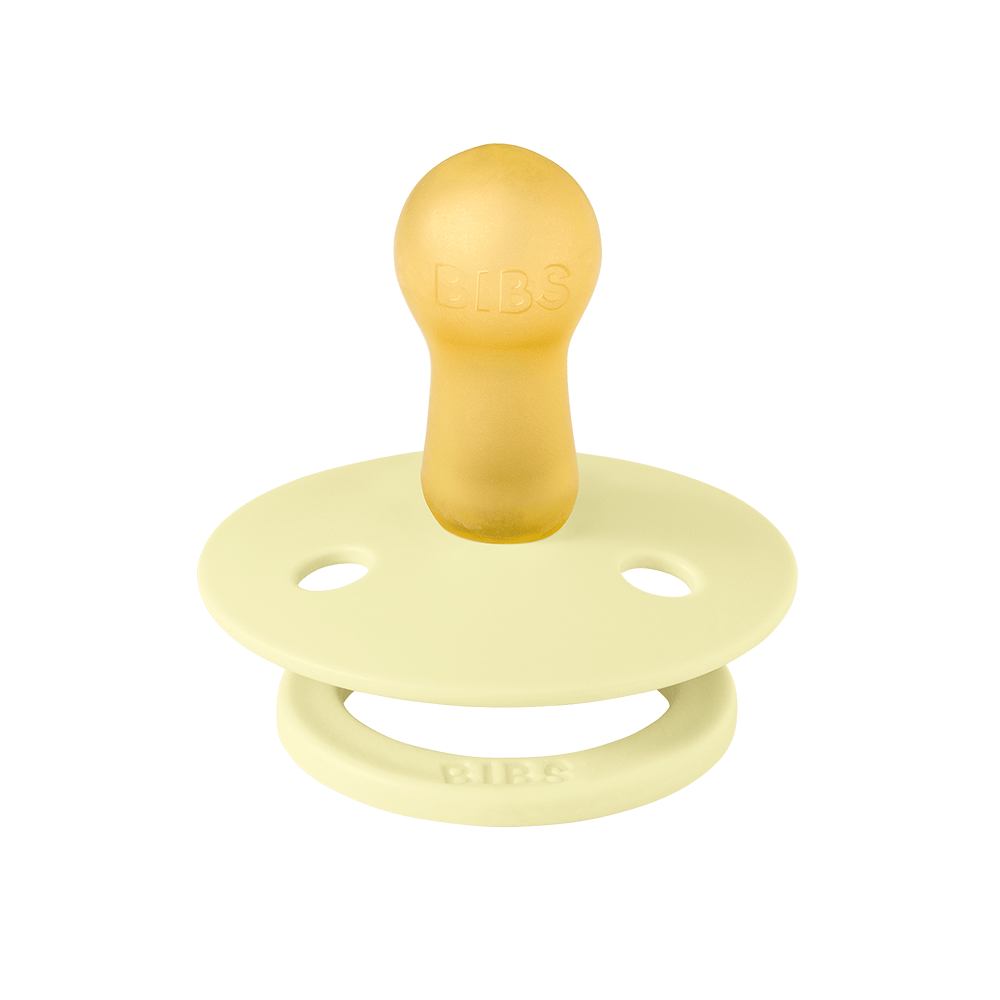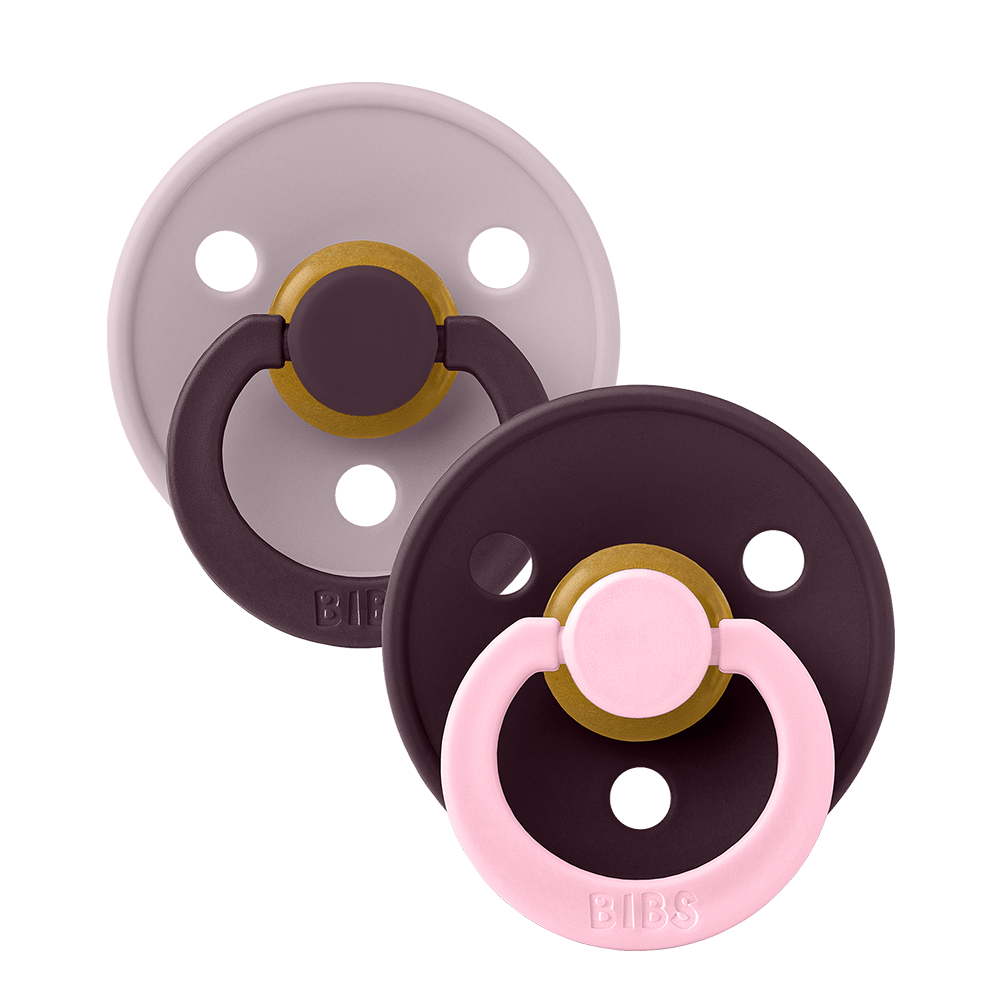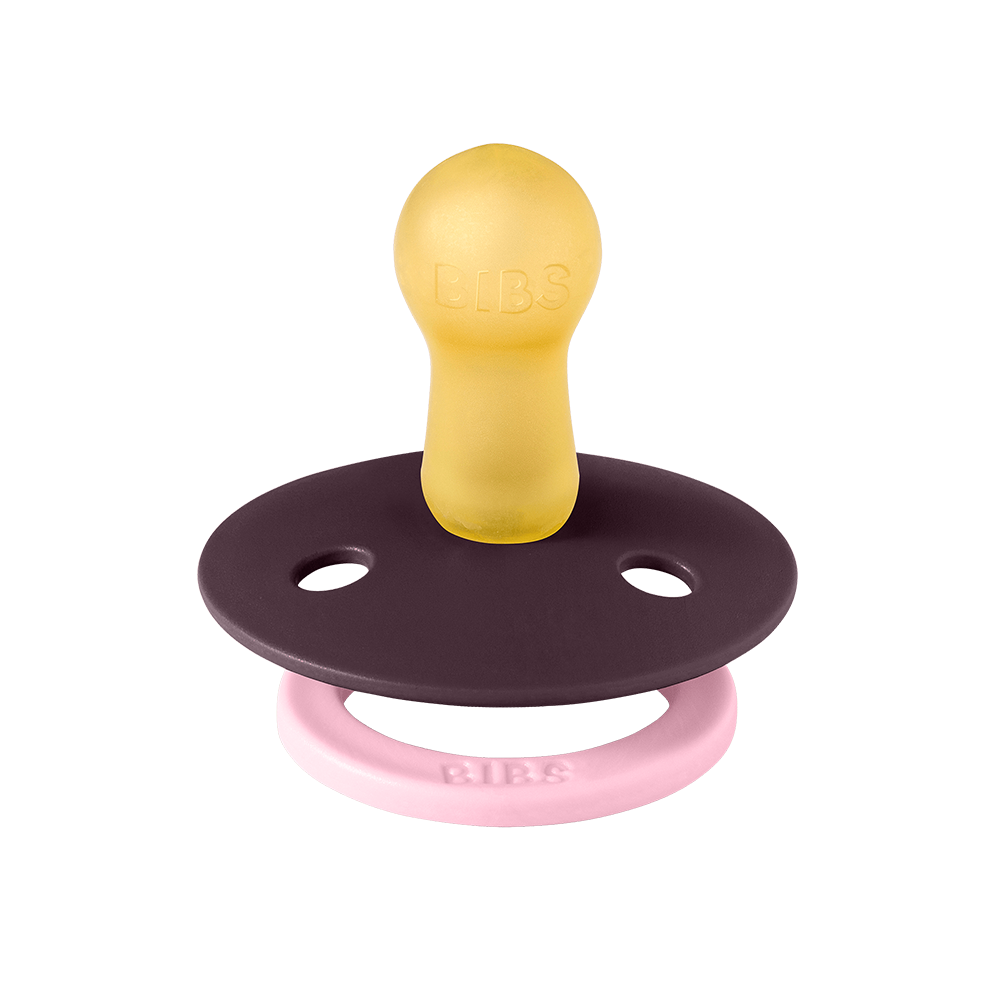Tips for Burping a Gassy Baby Effectively

Nothing breaks a calm moment like baby gas. If your little one is squirming, fussing, or crying after meals, trapped air might be the culprit. Burping may seem like a small thing, but done right, it can bring major relief. Here are gentle, practical tips for burping a gassy baby effectively so your baby feels more comfortable after every feeding.
Why Burping Is Important
Babies swallow air during feeding, whether from breastfeeding, bottle feeding, or sucking on a pacifier. That air gets trapped and causes discomfort, gas, or spitting up. Knowing reliable tips for burping a gassy baby effectively helps reduce fussiness and supports better digestion.
When to Burp Your Baby
Timing matters. Try burping your baby:
- In the middle of a feeding (especially when using a bottle)
- Right after feeding, before laying them down
- When they pull away from breast or bottle and seem uncomfortable
Watching your baby’s behavior is as important as sticking to a schedule. Squirming, fussing, or pulling back are good cues to pause for a burp.
Effective Positions and Techniques
Here are positions and methods parents often find work best:
- Over the shoulder - Hold your baby upright with their chin on your shoulder, gently pat or rub their back
- Sitting on your lap - Support their chest and head with one hand, back with the other
- Face‑down across your knees - Lay the baby tummy down across your lap, pat gently
Try more than one position, some work better depending on baby’s size, mood, or feed type.
Gentle Persistence and Small Changes
Little changes can make a big difference:
- Be gentle yet consistent - gentle rhythmic pats or rubs usually work better than firm pressure
- Break feeds into two parts, with a burp in the middle, to prevent over‑filling'
- Use feeding tools designed to reduce swallowed air - our anti‑colic bottles help reduce gas and discomfort
Pacifier and Comfort‑After‑Feeding
After burping and feeding, let your baby soothe with a pacifier if they like sucking for comfort. Keep an extra in a pacifier case or secure it with a clip so it stays clean and close.
How Long Should You Try Burping?
Some babies burp quickly, others take longer. If no burp after 5‑10 minutes and baby seems settled, it is usually okay to move on. If baby is squirmy or upset, try different positions or keep them upright a bit longer before laying down.
When to Reach Out for Help
If burping techniques, changes in feeding tools, and easing motion are not helping, it may be time to consult a pediatrician. Frequent spit‑ups, persistent crying, or growth concerns are reasons to seek advice.
Putting It Together with Care
Using well‑tested tips for burping a gassy baby effectively can turn feeding time from frustration into relief. With the right bottle, a good pacifier, and plenty of patience, your baby’s comfort will grow. Each gentle pat, each calm feed adds up to more peaceful moments for both of you.
